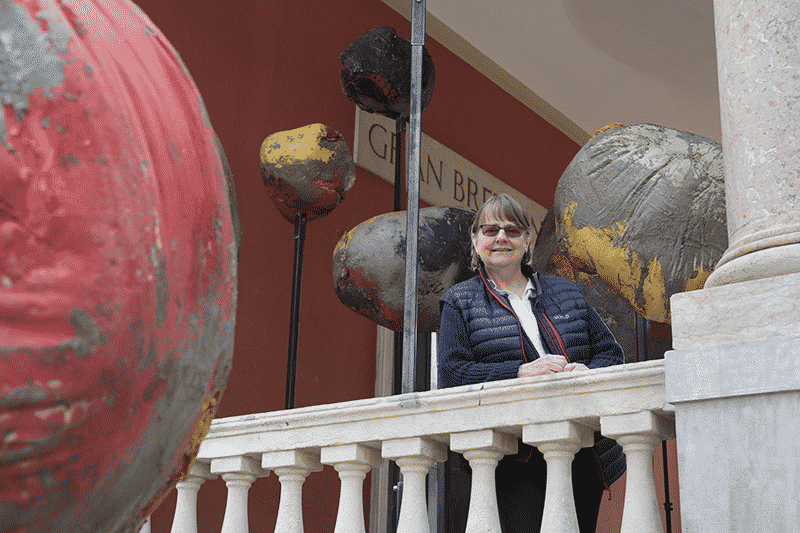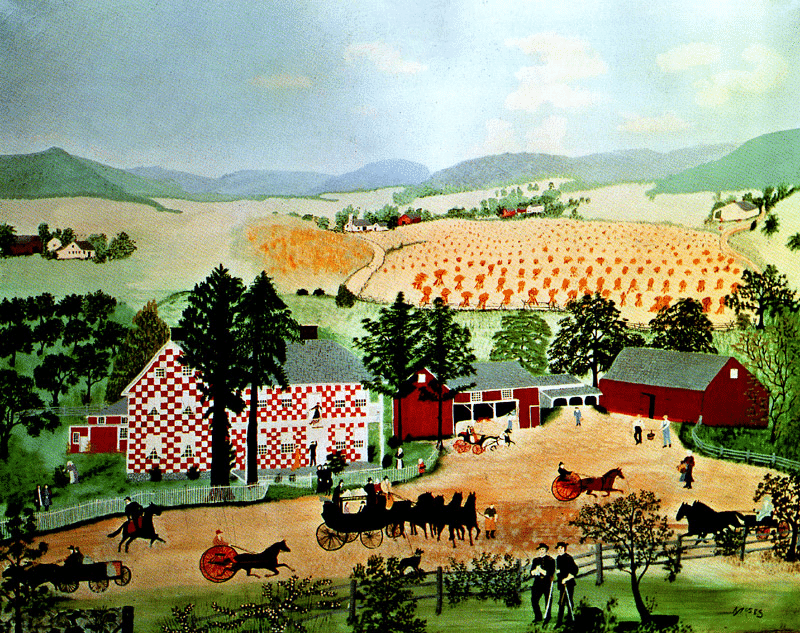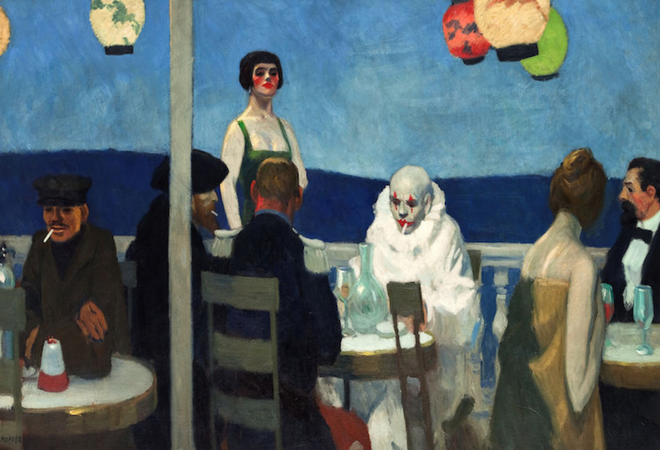It wasn’t until the death of his wife that Monet began to really paint; he was in his 40s. American realism artist, Edward Hopper, wouldn’t sell a painting until his 30s but wouldn’t gain notoriety for his unique style until a decade later. After years of being rejected by Paris Salon and exhibiting a few times with the Impressionists, Paul Cézanne, one of the leading artists of Post Impressionism, wouldn’t get his first solo exhibition until he was 34. And it wasn’t until Van Gogh was 27 that he was persuaded to go to art school; he would go on to create “Starry Night” in his mid-thirties.
Discovering Late-Life Creativity
For centuries, the art world has come to know and love many late-blooming artists who wouldn’t come into art or find artistic success until later in life. Today, we discover them still.
Harry Bertschmann, whose work has been alongside Robert Motherwell, Franz Kline, and Mark Rothko, hopes to be discovered today. Bertschmann worked as a graphic designer for most of his life. He was trained in arts at the Kuntsgewerbeschule in Basel, Switzerland some 60 years ago. Today, at the age of 86, he is hoping to make his own name.
Art historian and curator, Peter Hastings Falk, has spent the most of his 40-year career promoting unknown artists. Calling Bertschmann an “unrecognized master,” Falk has arranged for a few gallery owners to visit Bertschmann’s studio.
Most recently, Bertschmann was featured in The New York Times’ January 7th, 2018 issue, and from January 17th – 21st, 2018, his work was featured Art Palm Beach, the fair for Contemporary & Modern Art.

Artistic Outsider Finally Represent UK for Venice Biennale
Another artist who is finding artistic success later in life is British sculptor, Phyllida Barlow, who presented a solo exhibition of her work at the Kunsthalle Zurich in 2016. Also in the same year, she would be one of four artists nominated for the inaugural Hepworth prize, the UK’s first prize for sculpture.
What took Barlow so long to conquer the art world? For 40 years, she would teach at art schools; one of her students was Rachel Whiteread, one of Britain’s leading contemporary artists. Barlow would raise 5 children, and it wasn’t until she retired at the age of 65 that she would decide to work hard on her sculptures. And it was hard work that obviously paid off. In 2017, at the age of 73, Barlow would represent Great Britain at the Venice Biennale.

It’s curious to think that less than 200 years ago, late-life creativity was deemed inferior. Art in those days was expected to follow a defined succession that started with apprenticeship. To find mastery late in life was one thing, but to tap into one’s artistic potential so late in life was unheard of.
Perhaps the art world from two centuries ago had yet to meet one of the most celebrated artists known for late-life creativity. Had it not been for arthritis making her favorite pastime of embroidery painful, acclaimed folk artist Grandma Moses wouldn’t have reconnected with her childhood passion for painting at the age of 78. It wouldn’t be until she was in her early 80s that she would paint her most notable pieces, The Old Checkered Inn in Summer and Sugaring off.



![[Left] Kusama with her piece Dots Obsession, 2012, via AWARE, [Right] Yayoi Kusama (Courtesy Whitney Museum of American Art) | Source: thecollector.com](https://www.artdex.com/wp-content/uploads/2024/04/Left-Kusama-with-her-piece-Dots-Obsession-2012-via-AWARE-Right-Yayoi-Kusama-Courtesy-Whitney-Museum-of-American-Art-Source-thecollector.com--300x172.png)



